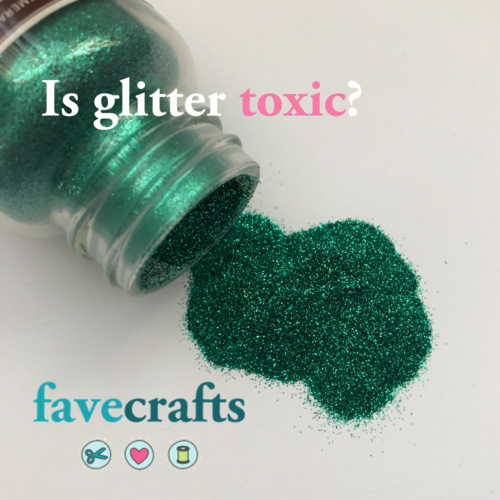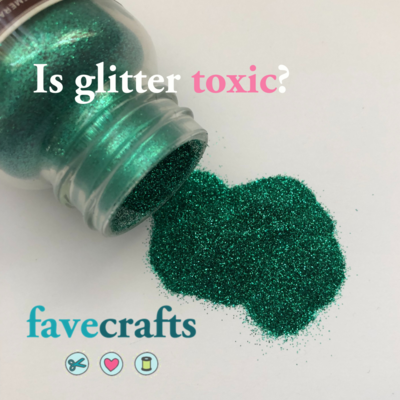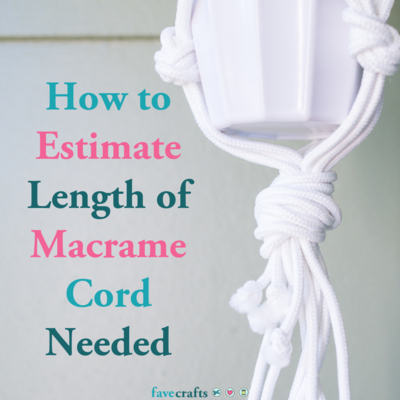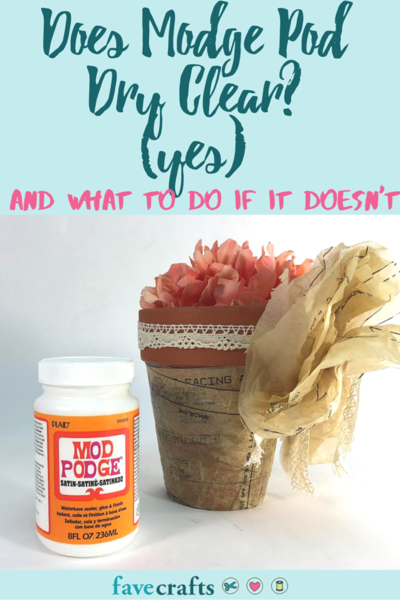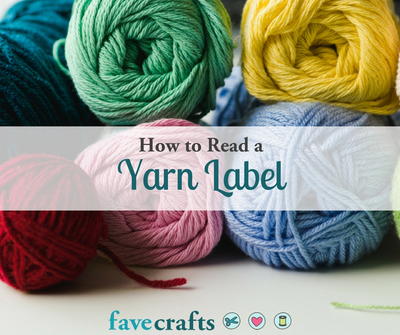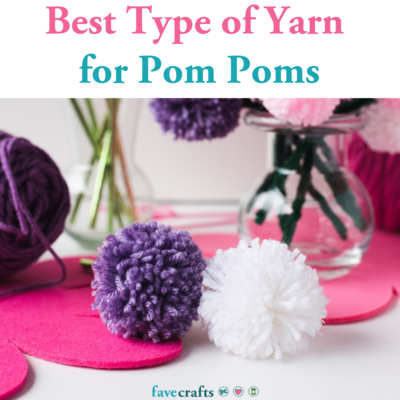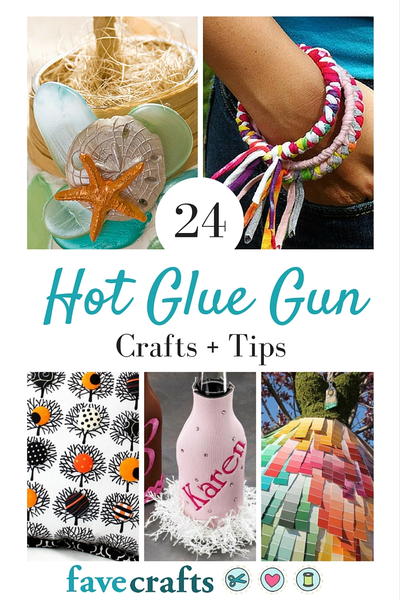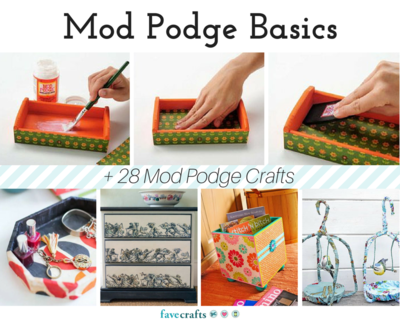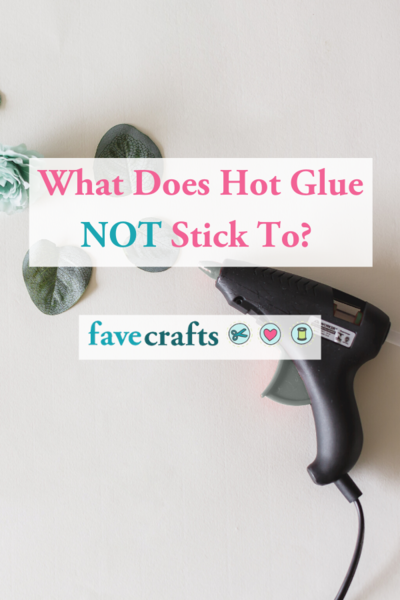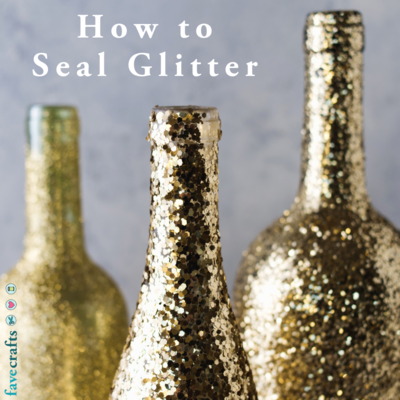Is Glitter Toxic?
What is glitter made of and is glitter toxic if ingested? Find out in this guide.
I think it's safe to say that most people have a love/hate relationship when it comes to working with glitter. They like the look it gives their finished craft project but the clean-up afterward is inevitably more of a chore than it was to make the project.
Think back to the last time you worked with glitter, didn't it manage to get everywhere and anywhere no matter how well you protected your work surface. There's a bigger reason though why many people have an aversion to glitter, it's harmful to the environment.
With this guide, Is Glitter Toxic?, you will learn not only whether or not you should use glitter in your crafts or if you should avoid buying it or products that use it at all, and more.
Sign Up For More Free Patterns
What is Glitter Made Of?
Glitter is found in so many different things. You can buy it in its "raw" form in containers in all different shimmers and colors to add to your craft projects, but, it’s also a component of many everyday items as well. For example, make-up, paint, nail polish, bath bombs, confetti, etc.
Most of these glitters are made from aluminum and/or plastics. They start by taking large sheets of either aluminum or plastic that are coated with either lacquers, paints, and/or metals. Then they are cut into minute pieces using a press.
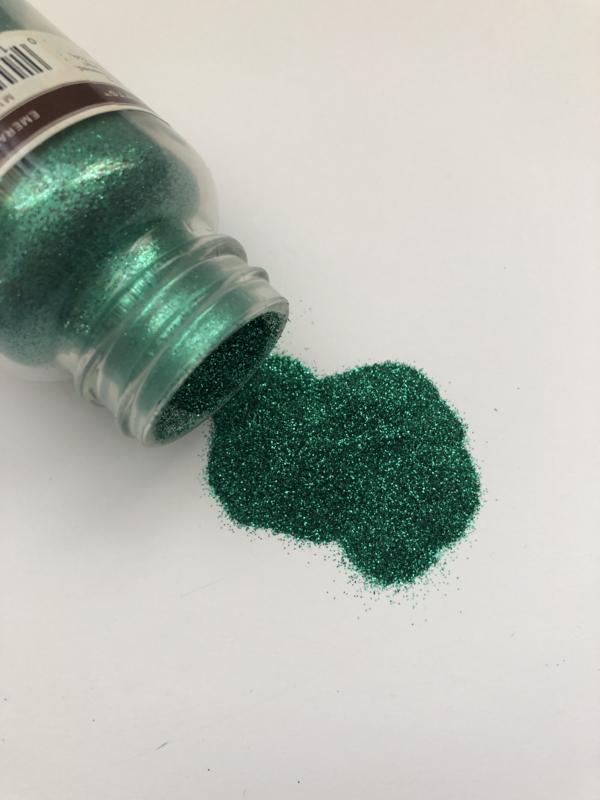
The problem is that these microplastic pieces are not biodegradable. And since they aren't biodegradable they make their way back into the environment. Through landfills, our sewer systems, and so forth. Ultimately, they make their way into our soil and water ecosystem.
While there isn't evidence that glitter is making its way into the food we eat, microplastics can affect the soil quality and root development of plants. When it comes to our oceans and rivers though there is a chance that the fish we eat could be consuming these glitter particles. And if we are eating the fish then inevitably we are consuming the glitter as well.

Is There a Safe Glitter?
All this poses the question, is there a safe alternative to traditional glitter? There are companies that make biodegradable glitters that are made from natural resources, mainly plant cellulose. There are more and more companies that are popping up selling their own version of this safer glitter.
The important thing is to check what the glitter is made of. Some may say they are biodegradable but may only be so if they are disposed of in a certain way. Some might say the safest way to use glitter is to not use it all. Or, to make your own.
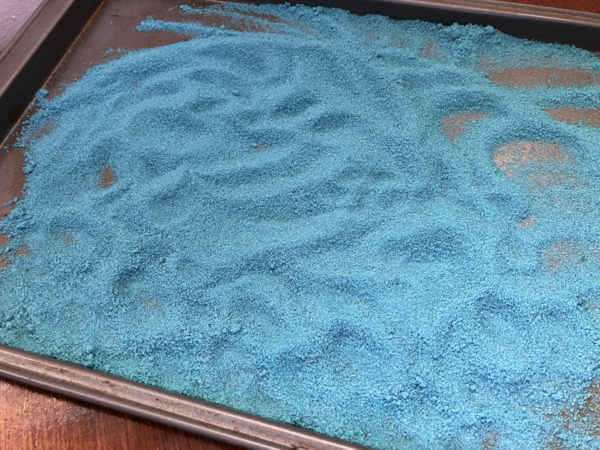
Safest Bet… Make Your Own Glitter
Yes, it’s possible to make your own glitter. So, how do you make DIY glitter at home? All you need is salt and liquid food coloring. You could use any type of salt; table, sea, or Epsom. Add the salt to a resealable bag and then add a few drops of your desired color. Seal the bag and then using your hands massage the salt and food coloring together.
Preheat your oven to 350F and spread the colored salt onto a baking sheet and bake in the oven for 10 minutes to dry out the salt. Let it cool to room temperature and then store as desired. You now have a glitter that is 100% biodegradable and will be much easier to clean up should any spills occur.
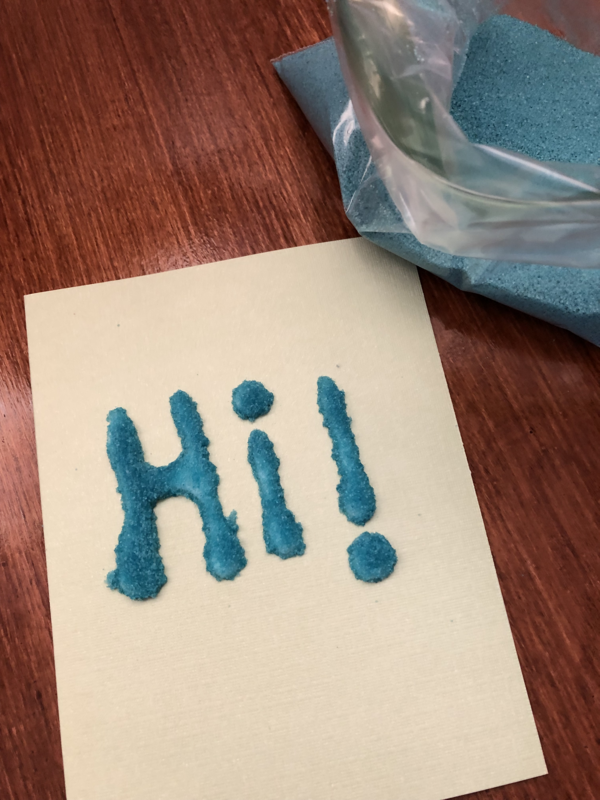
Do you love or hate glitter?
Let us know in the comments!

